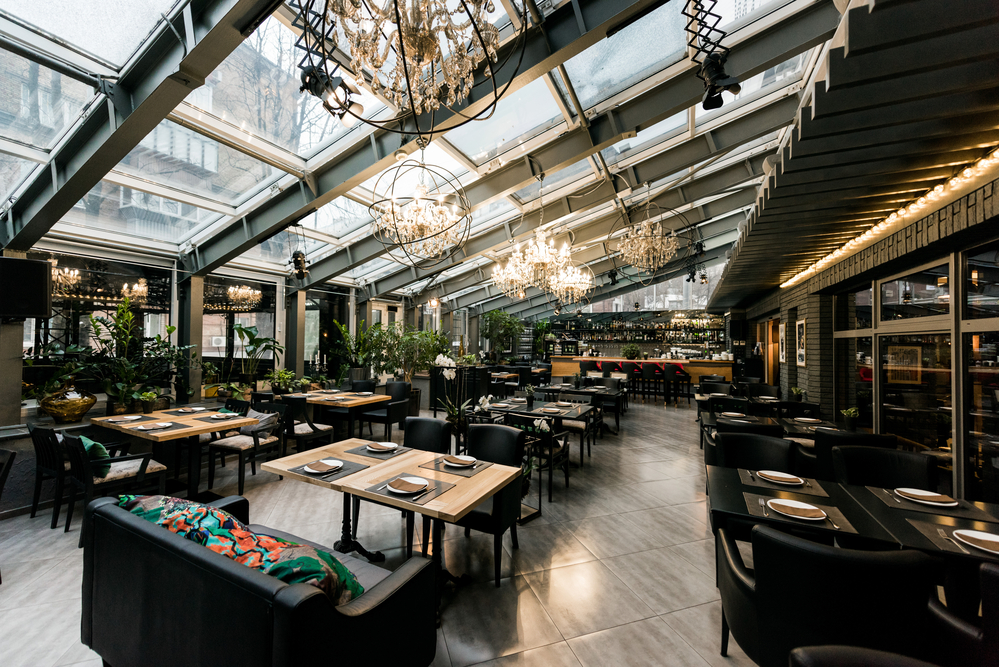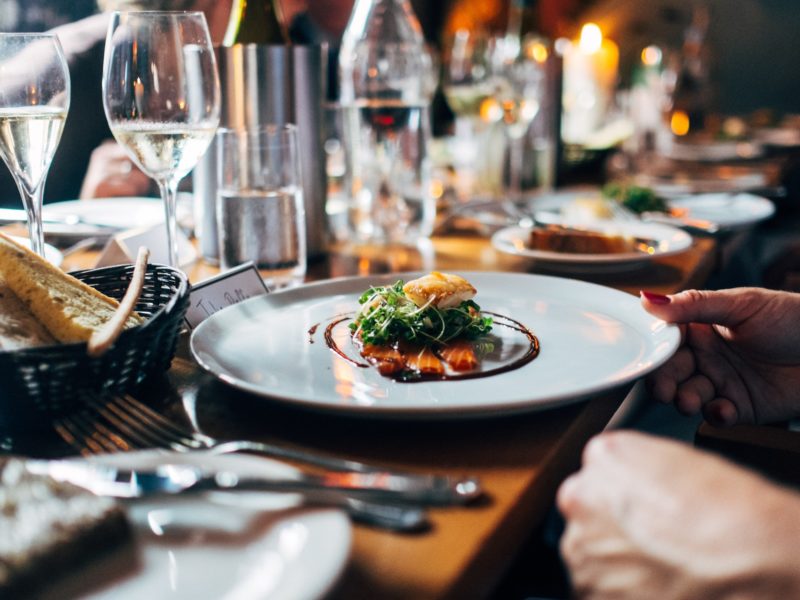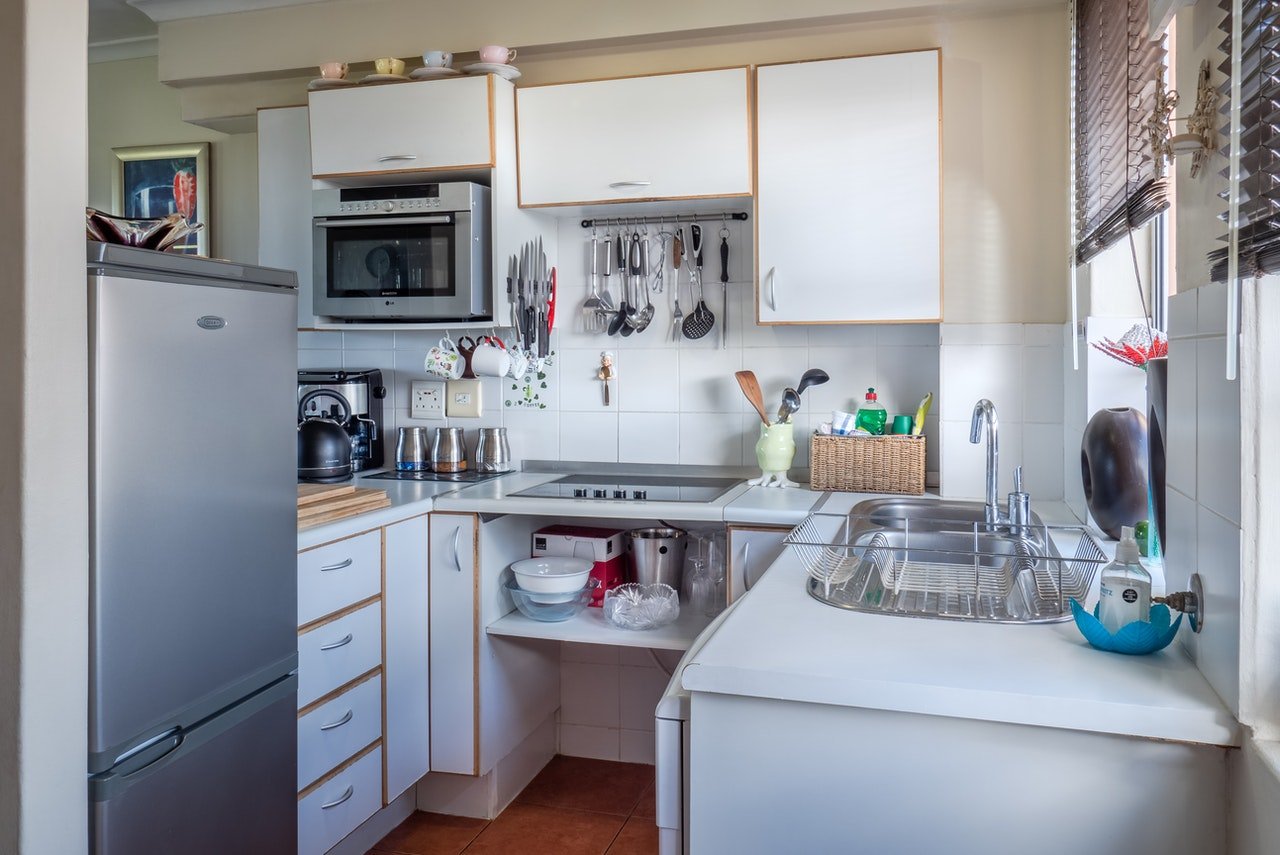When you’re designing, there are always different factors to consider. No two spaces are alike. You have to view all of the different types of people coming into the space. A doctor’s office is likely to see various people: some who come in for check-ups and others who come in for emergencies, some with kids and others without. On the other hand, a restaurant is typically one type of person: hungry people on dates or family outings.
1. Customer Profile
The customer profile at a restaurant is typically more diverse, whereas the one at a doctor’s office is more homogeneous. A restaurant might have customers come in for brunch on the weekends and dinner during the week. A doctor’s office will have patients coming in at set times throughout the day with appointments.
2. Number of Customers
Restaurants usually have an open floor plan, which promotes interaction among strangers and allows for easy movement of customers through the dining area. The larger space also means more tables and chairs to accommodate more customers. With doctors’ offices, it’s essential to design with an eye toward efficiency because they see patients on set appointments throughout the day. Doctors’ offices often have a closed floor plan since they don’t want large groups of people coming in all at once.
3.Health vs. Restaurant
Most restaurants have some form of liquor license. Restaurants can serve alcohol, making them a more relaxed environment. Doctor’s offices do not usually have liquor licenses and are in the business of prescribing medicine to people who might be struggling with addiction issues or alcoholism. There may be particular areas set up for patients who come in to get their monthly prescriptions in some doctor’s offices.
4. Functional vs. Ornamental Design
In restaurants, the goal is to create a comfortable and inviting space. The design should be functional but also ornamental in that it has everything the customer needs at their fingertips. In a doctor’s office, however, the goal is to create an environment conducive to healing. While it should be functional, ornamental design is not as important because patients are there for a specific appointment and won’t need many amenities.
5. Themes and Moods in Designing
The mood of your restaurant will depend on what kind of theme you decide to go with.
Designing a medical office depends on how you want your patients to feel while waiting. If you wanted visitors to feel relaxed, you could go with shades of blue that promote peace and tranquility or wood furniture that invokes feelings of warmth and stability.
6. Waiting Room
The waiting room is one of the essential parts of a doctor’s office. It serves to greet patients, provide them with magazines, and offer them a comfortable place to sit while they wait to be seen. A restaurant’s waiting room would be its bar area where customers can enjoy themselves and wait for their table.
7. Time Spent in Room
In doctor’s offices, patients tend to come in at a set time for their appointments. This is different from restaurants, where customers come and go throughout the day. This difference in customer volume can impact the design of the space.
One area where this has a significant effect is in exam rooms. Doctors’ office exam rooms are designed to feel more clinical and sterile than in restaurants. The exam room should make the patient feel comfortable and relaxed during their visit.
In the design process, understanding a customer is essential. A restaurant has a very different atmosphere than a doctor’s office, as customers in a restaurant typically want to feel relaxed and enjoy their experience. On the other hand, a doctor’s office needs to be more functional and practical.


